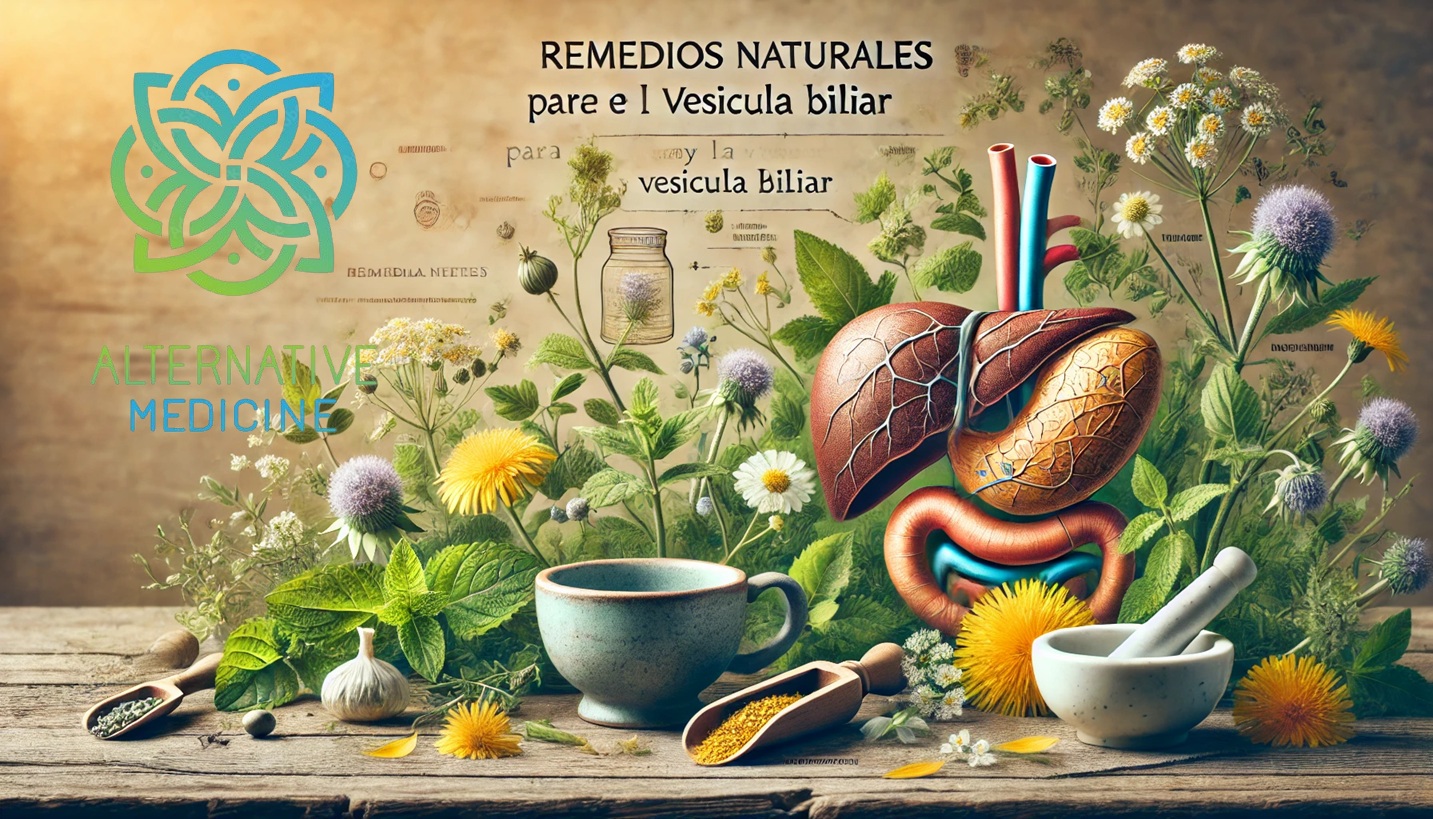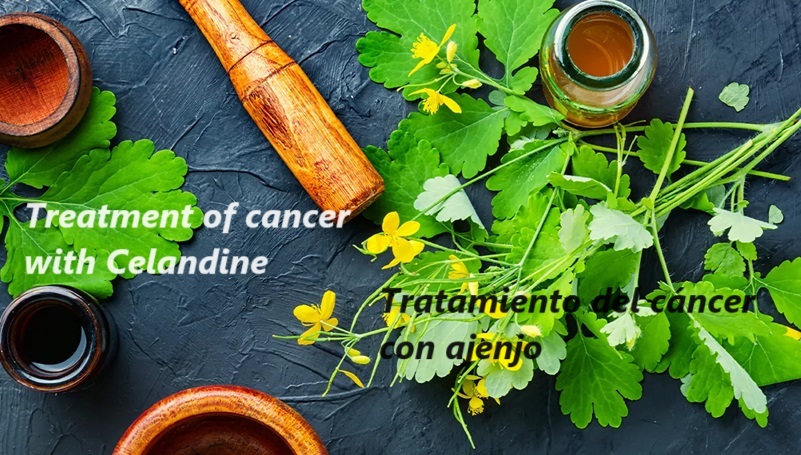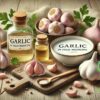Choleretic Folk Remedies
Improper nutrition is the most common cause of gallstone disease. The first symptoms of gallbladder dysfunction appear in the morning after waking up—a bitter taste in the mouth. If these signs are ignored, pain and heaviness in the right hypochondrium will indicate the need to take one’s health seriously. Unpleasant sensations can be avoided by turning to folk medicine for help.
There is an extensive list of medicinal plants that act as reliable healers:
-
Corn silk is effective for hepatitis, cholecystitis, and cholangitis.
-
Sandy immortelle is used for gallstone disease, hepatitis, cholecystitis, and bile duct dyskinesia.
-
Oregano herb is used for liver and gallbladder diseases, as well as stomach and intestinal spasms.
-
Yarrow herb is beneficial for all bile-related problems.
-
Common barberry leaves are prescribed for hepatitis, cholecystitis, and gallstone disease.
-
Bitter wormwood herb improves digestion and is also recommended for gallstone disease.
-
Peppermint herb is a good remedy for liver diseases, stomach and intestinal spasms, and gallstone disease.
-
Knotgrass herb is used to treat the liver, bile ducts, and stones in the kidneys and gallbladder.
-
St. John’s wort herb effectively treats the gallbladder and liver.
The list of plants that protect the gallbladder and liver and are used in teas known as choleretic folk remedies could go on, but let’s move on to the next topic.
Benefits and Differences in Application
Unlike pharmaceutical drugs, herbal raw materials directly influence a person’s bioenergy. This contributes more to overall health improvement rather than merely treating affected organs with pills.
-
The first group consists of plants that stimulate bile secretion. These include centaury, medicinal calendula, bitter wormwood, and red rowan.
-
The second group includes herbs that facilitate bile excretion into the intestines, such as cinnamon rosehip, dandelion, oregano, shepherd’s purse, chamomile, and yarrow.
-
There are also plants that combine both properties—stimulating bile production and promoting its release into the bile ducts. These include knotgrass, common barberry, corn silk, calamus root, sandy immortelle, and medicinal calendula.
How can one determine what the body needs at a given moment and which group a particular herb belongs to?
Under the Care of Doctors
Self-medication is always a risky endeavor, so timely consultation with a specialist will save you from many problems. Herbal choleretic remedies serve as a “support group” and are often used in combination with the main treatment course, significantly enhancing its effectiveness.
Folk medicine recommends various herbal teas and mixtures. Let’s look at some of them:
-
First recipe: Combine 1 part celandine herb, chamomile flowers, and three-leaf watch leaves. Pour 1 tablespoon of the herb mixture with boiling water, let it infuse for an hour, then strain. Take one-third of a glass in the morning and evening an hour after meals.
-
Second recipe: Mix 2 parts yarrow, wormwood, fennel fruits, and peppermint leaves, and 3 parts caraway flowers. Infuse 2 teaspoons of the mixture in 2 cups of cold water for 10 hours, strain, and drink half a cup four times a day before meals.
-
For liver pain relief, drink sage decoction with honey—for 300 g of boiling water, add 1 tablespoon of honey.
-
To normalize gallbladder function, eat 100 g of red rowan berries half an hour before meals.
-
For bile stagnation, use equal proportions of immortelle and St. John’s wort. Pour boiling water over the herbs, let it infuse for a day, boil, and take one-quarter cup three times a day before meals.
Not Only Herbs Are Beneficial
In addition to herbs, vegetables, fruits, and their juices have a beneficial effect when consumed regularly. Any freshly prepared homemade juices should be diluted with water in a 1:4 ratio and consumed half a glass twice a day before meals. Pumpkin-based dishes should also be included in the diet as often as possible.
Folk Healers’ Advice
Ancient health sciences share knowledge about how herbs can most effectively benefit a person. Since we are all children of nature, we inherently possess abilities we may not even realize.
For example, our nose acts as a personal doctor. It can accurately determine which herb is ideal for treating the body at any given moment. To test this, grind dry plant material into a fine powder and simply smell it.
-
If the herb is suitable for you, it will have a fresh aroma.
-
If it is not suitable, it will have a “warm” smell.
Any herb that smells pleasant to you will be beneficial, regardless of its labeled purpose. Plants never treat just one disease—they influence the entire body.
Other Herbal Treatment Methods
-
Sucking on dried herbs in the mouth is three times more effective than drinking an infusion. This method is recommended for acute conditions.
-
Boiling choleretic herbs in cow’s milk for a few minutes increases their effectiveness significantly compared to using water-based infusions.
-
The most effective method today is using herbal compresses. In this case, herbs work 5–6 times more effectively than in solutions or infusions.
By incorporating these natural remedies into your routine, you can support liver and gallbladder health effectively and naturally.







